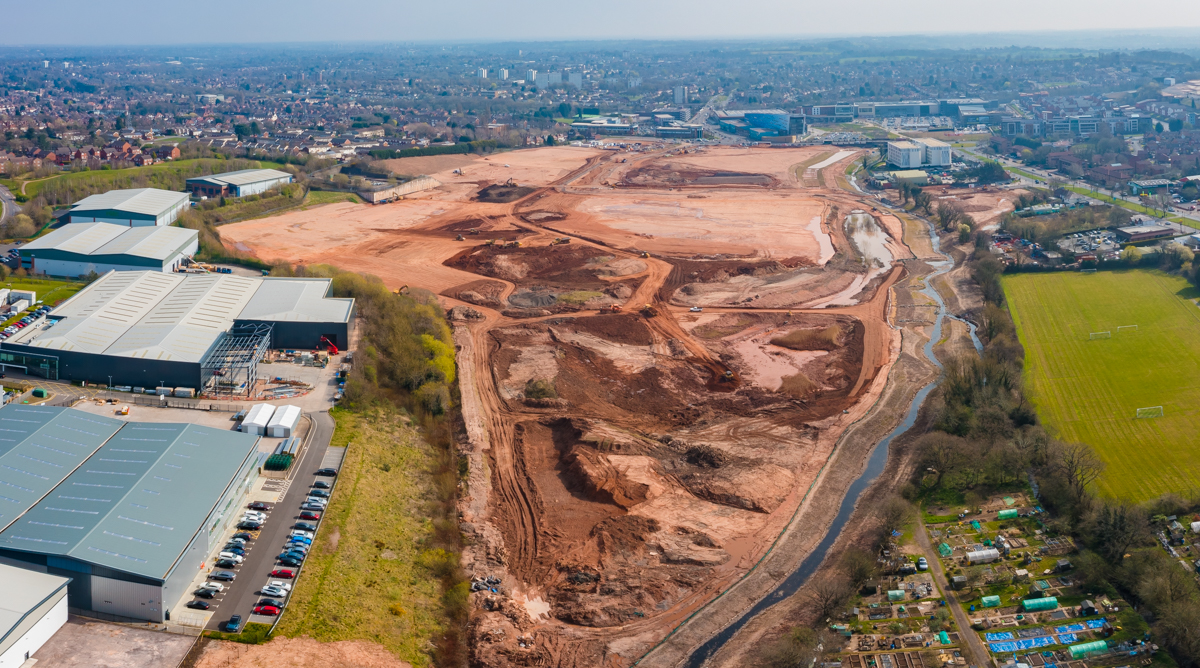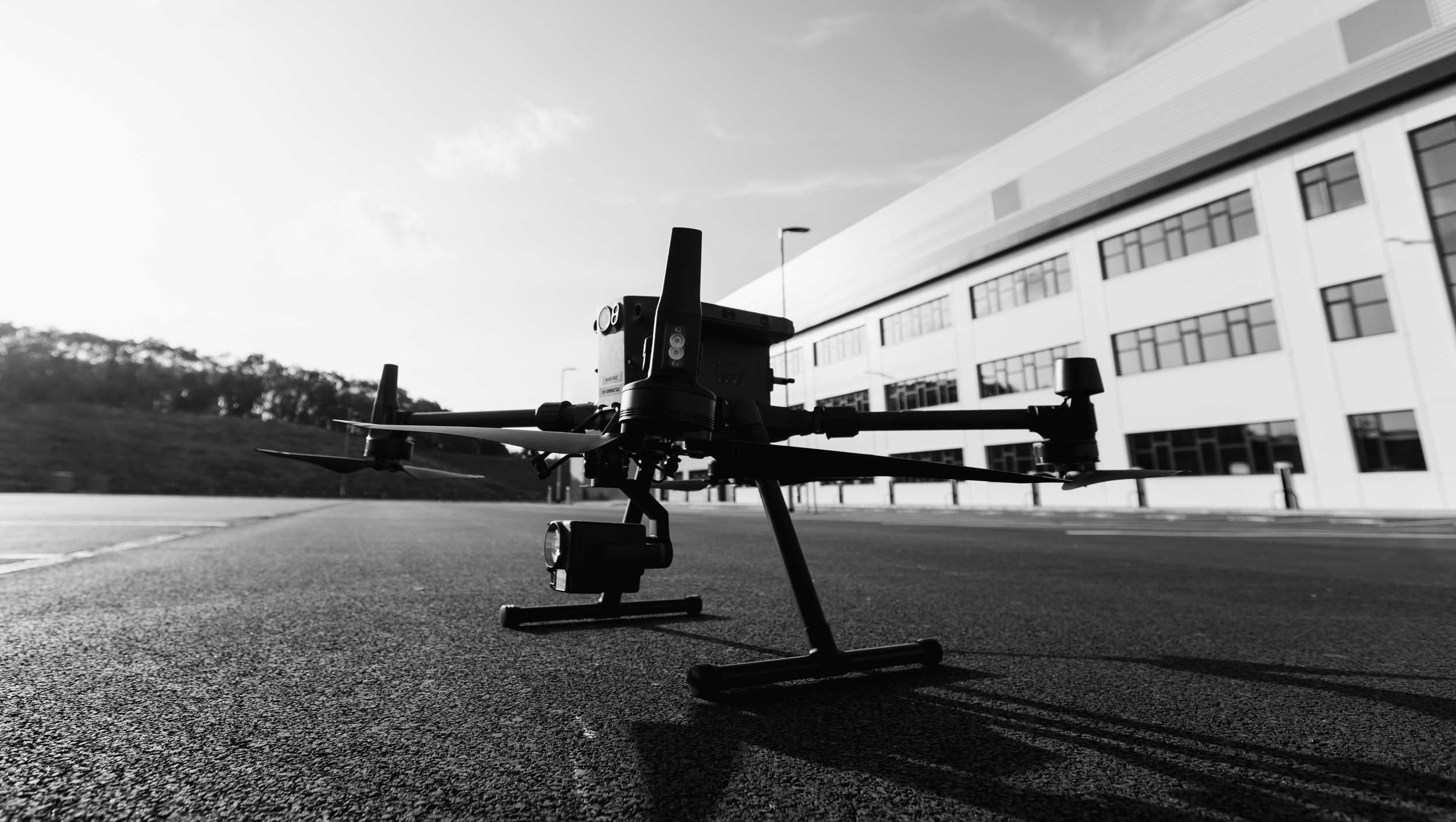Drones, also known as Unmanned Aerial Vehicles (UAVs) or Unmanned Aircraft Systems (UAS), have revolutionized various industries in the United Kingdom, from photography and videography to agriculture and infrastructure inspection. However, operating a drone professionally in the UK requires adherence to specific regulations and requirements to ensure safety and compliance with the law.
1. Drone Registration:
Before taking to the skies with your drone, it’s crucial to register it with the Civil Aviation Authority (CAA) if it weighs 250 grams or more, including any attachments or payload. This registration process helps authorities keep track of drone users and ensures accountability.
2. Operator ID and Flyer ID:
As a drone operator, you’ll need to obtain an Operator ID, which allows you to fly multiple drones under one ID. Additionally, if you’re the person responsible for the drone during flight (the remote pilot), you’ll need a Flyer ID. Both IDs must be displayed on your drone. You can obtain these IDs through the CAA’s official website.
3. Drone Insurance:
Professional drone operators should have liability insurance in case of accidents or damage caused by their drones. Insurance provides protection not only for your drone but also for potential third-party liability claims.
4. Drone Categories:
Drones in the UK fall into one of three categories based on their weight:
- Open Category: For drones weighing between 250 grams and 25 kilograms. Flying in this category typically requires no special permissions but does involve following safety rules.
- Specific Category: For drones that may pose specific risks, such as those equipped with advanced features or operating near people. Operating in this category may require additional training or permissions.
- Certified Category: For drones with a higher risk level, such as those used for complex operations. This category requires more rigorous certification and regulatory compliance.
5. Flight Rules and Restrictions:
When operating a drone professionally, you must follow specific flight rules and restrictions, including:
- Maintaining visual line of sight (VLOS) with your drone.
- Avoiding flying above 400 feet (120 meters) in altitude.
- Staying at least 150 meters away from congested areas and 50 meters from people and property.
- Not flying within 5 kilometers of an airport or airfield boundary without permission.
6. Keeping Records:
Professionals should maintain detailed records of their flights, including dates, locations, flight durations, and any maintenance or repairs. This record-keeping helps demonstrate compliance in case of audits or investigations.
7. Continuous Learning:
Staying informed about changing regulations and best practices is essential. Professional drone operators should engage in continuous learning and stay updated on any updates or amendments to drone regulations in the UK.
In summary, operating a drone professionally in the UK involves registering your drone, obtaining necessary IDs, securing insurance, understanding drone categories, following flight rules, keeping records, and staying informed about evolving regulations. By adhering to these requirements, you can fly your drone safely, responsibly, and professionally while contributing to the growing drone industry in the UK.



